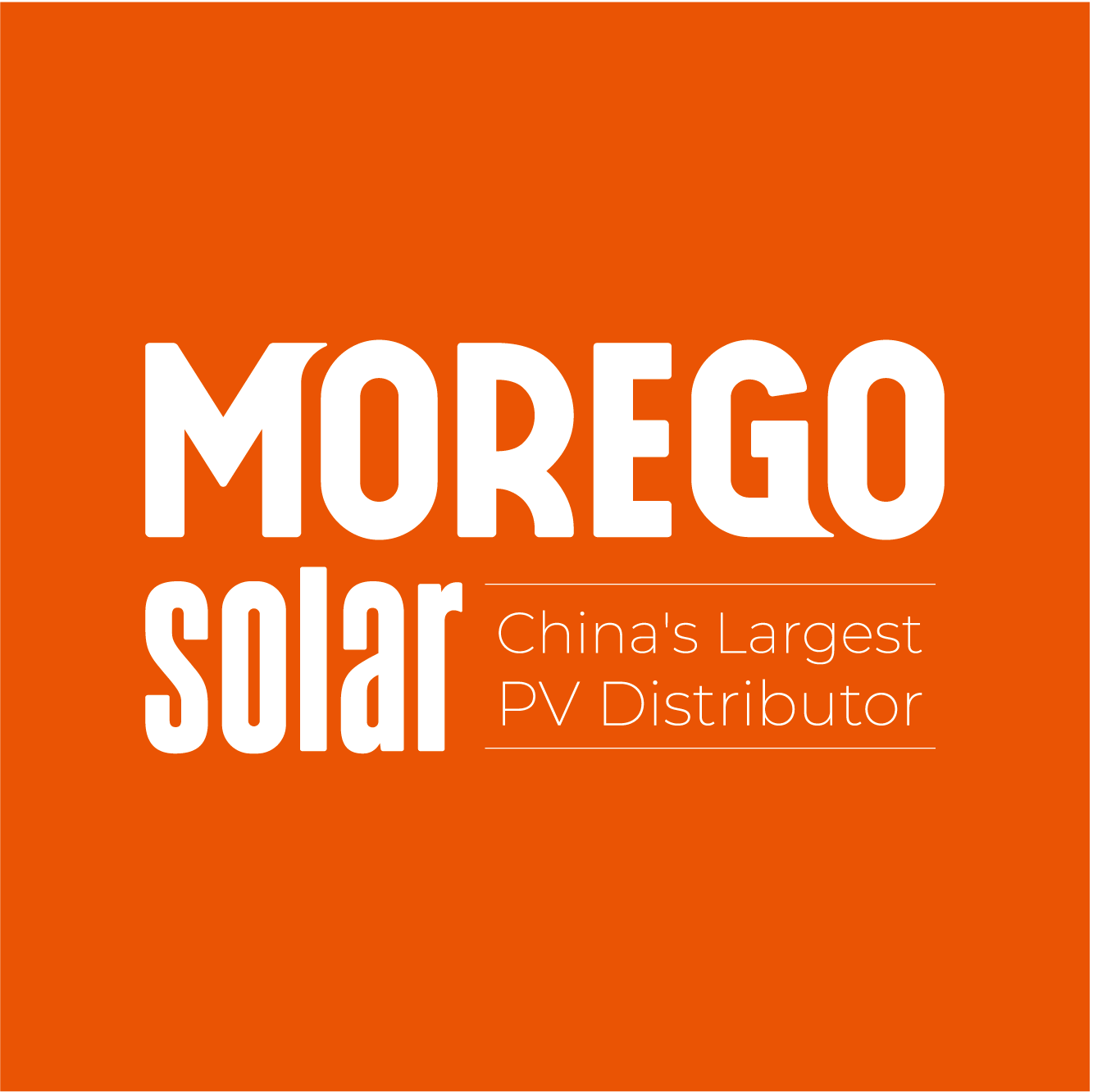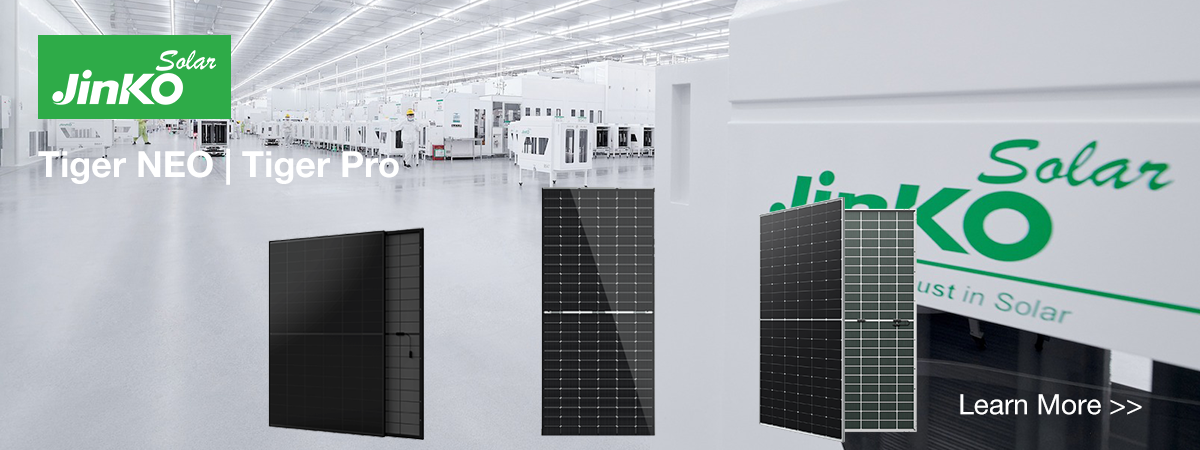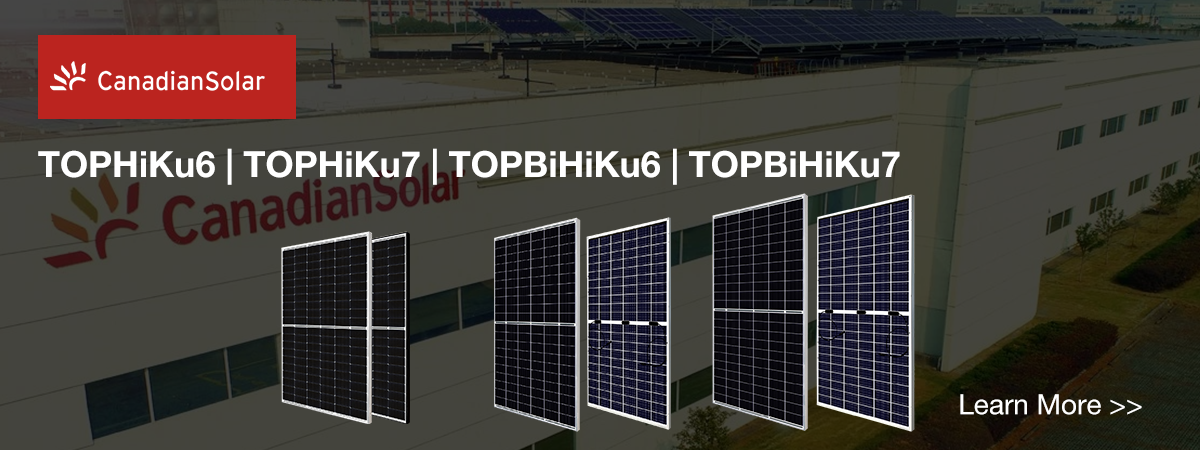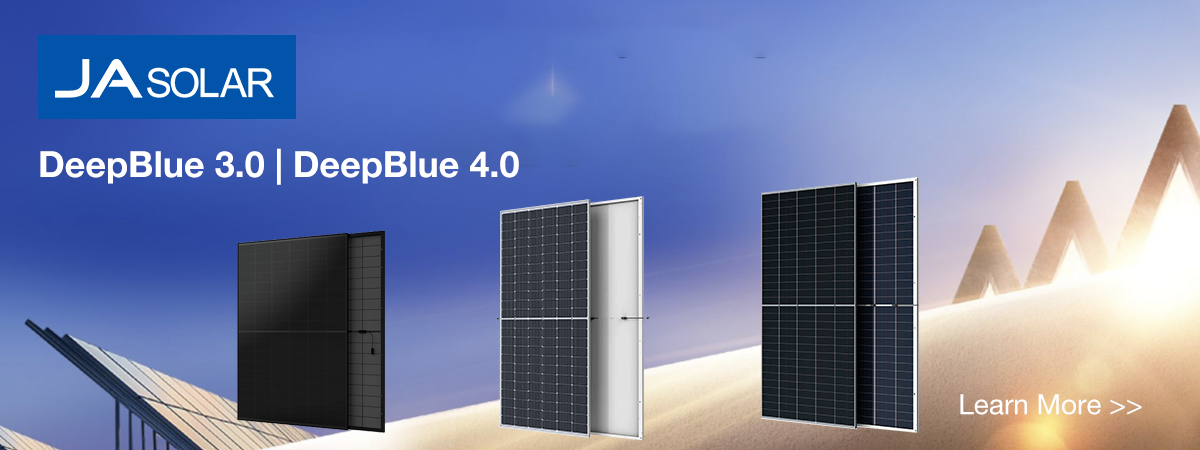The differences between TOPCON, HPBC, HJT, and PERC PV Module mainly lie in Solar cell technology, conversion efficiency, process complexity, and cost.
1. Solar Cell technology:
TOPCON is a Solar cell technology based on N-type silicon wafers. It utilizes a thin tunnel oxide layer and highly doped polycrystalline silicon film in the metal electrode contact region to form a passivated contact structure, thereby improving power generation efficiency.
HPBC is an independently developed cell technology based on N-type silicon wafers by Longi Green Energy Technology Co., Ltd. It adopts high-temperature processes and has a relatively high conversion efficiency.
HJT is a heterojunction solar cell that mainly involves changing the positive N-type crystalline silicon layer to amorphous silicon and using N-type silicon wafers and amorphous silicon to form a PN junction, reducing recombination losses at the PN junction.
PERC is emitter passivation and back contact cell that uses oxide local passivation technology to increase the limit efficiency to around 23%.
2. Conversion Efficiency:
The theoretical limit of TOPCON is relatively high and has significant room for improvement.
Currently, the conversion efficiency of TOPCON has reached around 25%.
The conversion efficiency of HPBC is over 25%.
The conversion efficiency of HJT is slightly higher than that of PERC batteries, up to 24.5%.
The conversion efficiency of PERC is generally around 23%.
3. Process complexity:
The process flow of TOPCON is three steps more than PERC, with a total of 12 processes.
The process flow of HPBC is similar to that of PERC but includes high-temperature processes.
The process flow of HJT is relatively simple with only seven processes.
4. Cost:
Due to the complex process and difficulty in mass production, the cost of TOPCON is similar to that of PERC.
HPBC has a relatively low cost mainly benefiting from its high-temperature processes and mature production processes.
The cost of HJT is relatively high due to its low-temperature processes and high equipment requirements.
5. Related PV Modules: Click on different models to learn more.
HPBC
Double Glass Bifacial Solar Panel
Hi-MO9 600-630W, Hi-MO 7 570-590W, Hi-MO 7 600-615W
Mono-facial Solar Panel
Hi-MOX6 575-590W, Hi-MOX6 MAX 600-625W
TOPCon
Jinko Solar Tiger NEO
Mono-facial PV Module:
440-450W, 580-605W
Bifacial Dual-Glass Module:
580-600W
Mono-facial PV Module:
435-460W, 585-590W
Bifacial Dual-Glass Module:
500-505W, 580-585W, 600-610W, 700-705W,
N-type Bifacial Dual-Glass Module:
580-595W, 625-635W, 605-615W, 695-700W
HJT
PERC
CanadianSolar: CS6W 550-560W | CS7N 660-675MS | CS6L 455-465MS
LONGI: LR5-72HPH 550-560M | LR5-72HBD-545-555M
JA Solar: JAM72S30 550-555MR | JAM72S20 460-465/MR | JAM78S30 570-610/GR | JAM72D30 560-580/LB
Jinko Solar: JKM 550-560M-72HL4-V | JKM 545-555M-72HL4-BDVP
For the first time to get the latest Photovoltaic trends, PV industry technology updates, etc., you can follow our social media accounts.





